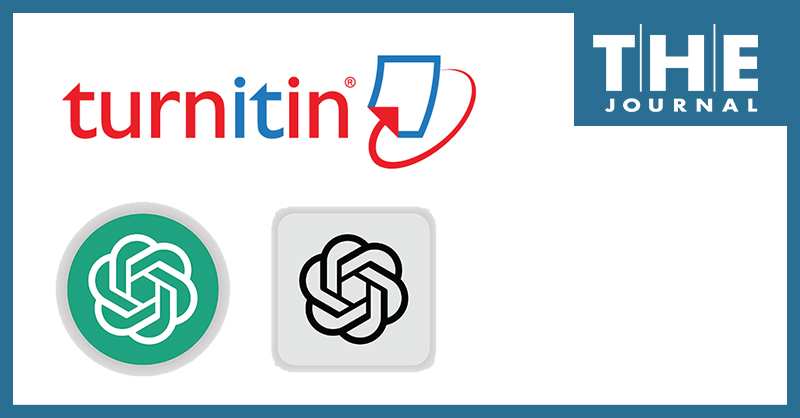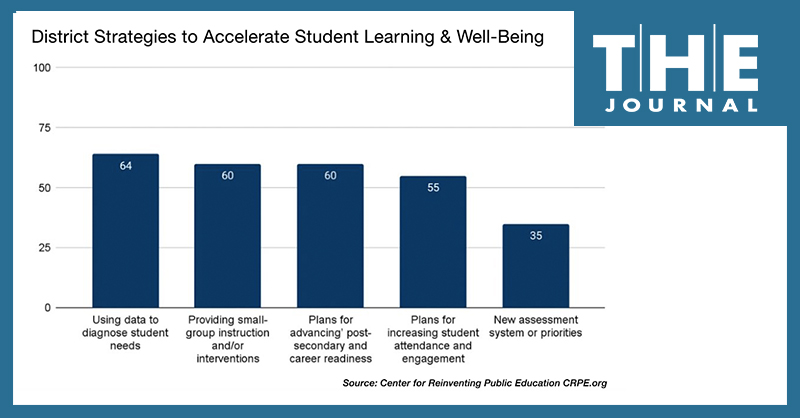The first quarter of 2023 saw further declines in the AR/VR headset space, following a steep decline the previous year.
The already sluggish forecast for smartphones looks to be headed toward a slightly steeper decline this year.
How can AI be developed to help advance teaching? For beginners, it needs to put teachers front and center, according to a new report from the United States Department of Education.
As far back as 2010, the National Education Technology Plan (NETP) set a research and development (R&D) challenge for ed tech developers to “create personalized learning systems that continuously improve as they are used.” Now a new report suggests further R&D goals and makes recommendations for AI ed tech developers, keeping in mind a focus on “context sensitivity” for success in educational goals.

In the first six weeks of educators using Turnitin’s new AI writing detection feature, the platform processed 38.5 million submissions, finding that 3.5% of those submissions contained more than 80% AI-written text, and just under one-tenth of submissions contained at least 20% AI-written text.
Artificial intelligence (AI) is here to stay. The U.S Department of Education has released guidance for the education sector — including potential benefits, warnings about misuses, and principles for developing guidelines at the district level.
In its new State of Ransomware 2023 report, data security provider Sophos found that the education sector had been impacted by ransomware significantly more than any other sector.
A new survey of public sector IT professionals finds that the biggest data security threats come from a wide range of sources, from simple carelessness to intentional hacking from foreign governments.
Despite a number of challenges facing the tech sector in 2023, the next five years will see substantial growth in the proliferation of new wireless networking technologies, both in the enterprise and among consumers.

The pace of K-12 school districts' spending of ESSER Funds has picked up significantly this school year, and education leaders and researchers have shared tips and guides to help district leaders efficiently evaluate — or re-evaluate — their options when making procurement decisions, to ensure students benefit and stakeholders don't come to see spending decisions as failures.